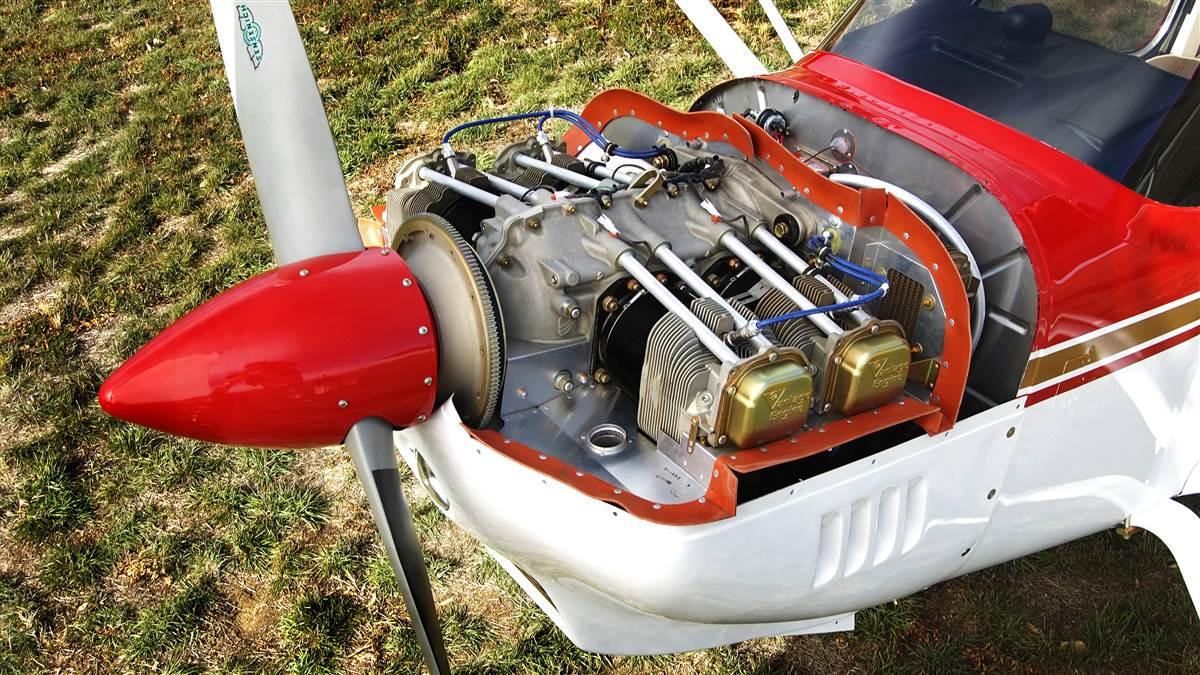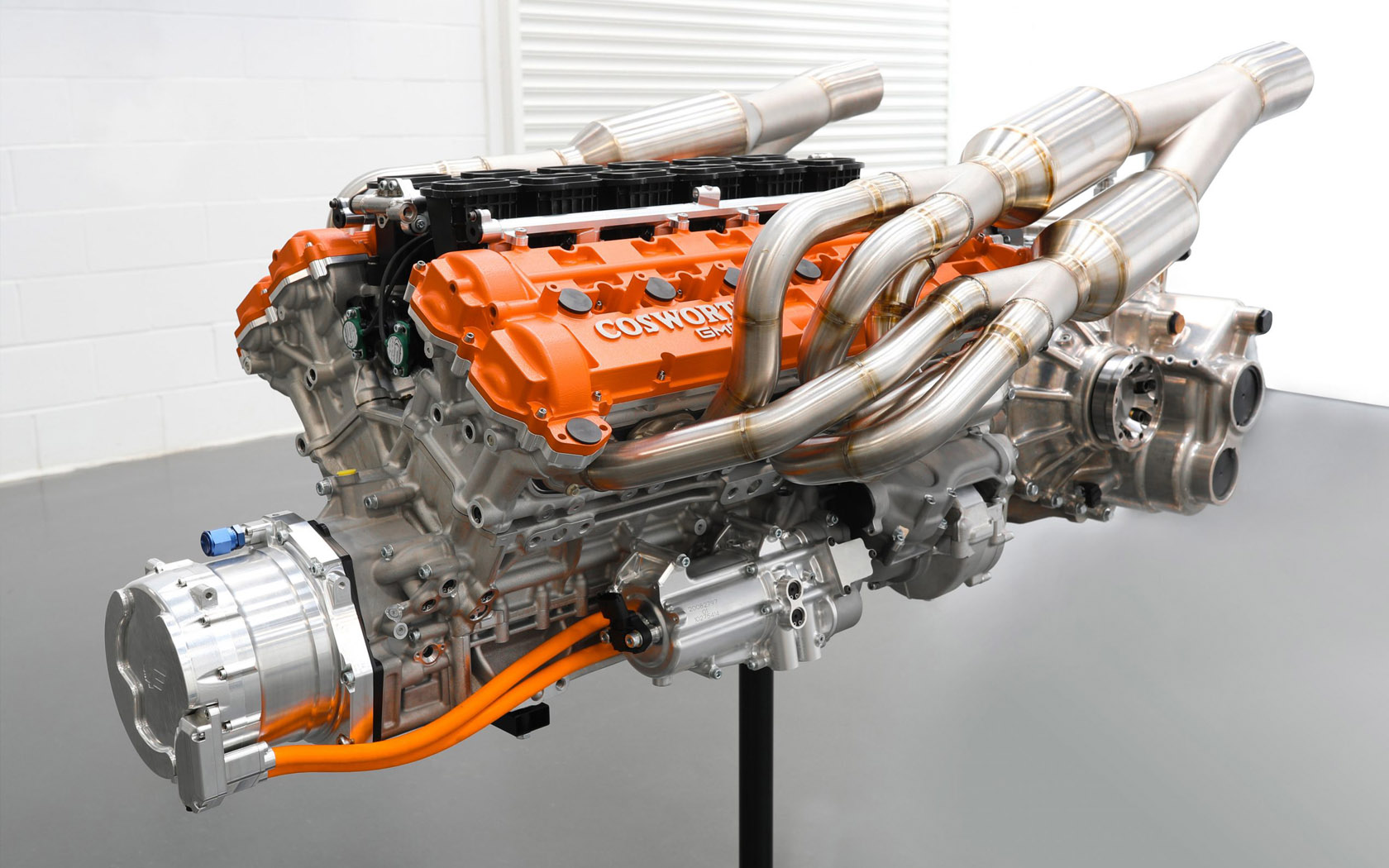Engines for Africa Available Currently! Go To Our Trusted Auto Components Store
Engines for Africa Available Currently! Go To Our Trusted Auto Components Store
Blog Article
The Quest for Ultimate Driving Power: Investigating the Peak of Engine Efficiency and Technological Advancements in the Automotive Field
In the world of vehicle design, the search of optimum driving power has actually been a relentless pursuit that has unravelled through the evolution of engine design and the integration of innovative modern technologies. From the meticulous craftsmanship of burning engines to the quick developments in electric propulsion systems, the vehicle market stands at the cusp of a new era characterized by unprecedented performance capabilities.
Evolution of Engine Layout

In addition, the integration of turbocharging and turbo charging technologies has actually transformed engine layout by improving power without significantly boosting engine size. These forced induction systems press the consumption air, enabling even more fuel to be combusted, consequently creating greater power output from a smaller engine. This innovation has actually been particularly vital in boosting the efficiency of smaller variation engines while maintaining fuel efficiency criteria.

Performance-Enhancing Gas Technologies
The execution of innovative gas technologies has significantly added to improving engine efficiency in modern cars. From standard gas and diesel to innovative biofuels, artificial fuels, and hydrogen, the automotive sector is witnessing a change in gas alternatives. Biofuels, stemmed from sustainable sources like corn, sugarcane, or algae, deal boosted and minimized discharges engine efficiency. Artificial fuels, produced via chemical procedures, provide high octane rankings, boosting power outcome. Hydrogen gas cells, although still in the onset of adoption, reveal great promise due to their zero-emission nature and potential for high efficiency. Furthermore, fuel ingredients and detergents are being formulated to tidy engine parts, enhance combustion, and lower rubbing, thus boosting overall lorry performance. With recurring r & d, the pursuit for the utmost driving power continues, as engineers make every effort to unlock the complete potential of performance-enhancing fuel technologies in the vehicle industry.
Innovations in Electric Propulsion
Significant strides in electric propulsion innovation have actually transformed the vehicle sector, leading the way for a new era of effective and lasting transport. Electric vehicles (EVs) are acquiring popularity due to their environmental benefits and improvements in battery modern technology, making it possible for longer driving arrays and much shorter billing times. Suppliers are spending greatly in r & d to enhance the performance of electric propulsion systems, focusing on increasing power result, boosting power efficiency, and decreasing general weight.
One noteworthy development in electrical propulsion is the advancement of sophisticated electric motors that supply greater torque and power thickness, leading to enhanced velocity and general driving performance. Additionally, regenerative stopping systems have actually been fine-tuned to capture and keep energy during slowdown, additional increasing the efficiency of EVs.
Moreover, the combination of smart modern technologies, such as man-made intelligence and anticipating analytics, is enhancing the management of electrical propulsion systems, ensuring ideal performance under different driving conditions. These innovations in electric propulsion are improving the automobile landscape, driving the sector towards an extra sustainable and energized future.
Influence of Computational Liquid Characteristics
With innovations in electric propulsion pressing the limits of automotive innovation, the assimilation of Computational Liquid Characteristics is playing an essential role in optimizing aerodynamic performance and enhancing general efficiency in car layout. Computational you can try this out Liquid Characteristics (CFD) involves making use of computer simulations to evaluate the circulation his response of air around a vehicle, making it possible for engineers to predict exactly how layout changes will certainly affect the rules of aerodynamics without the demand for costly physical models. By precisely modeling air movement patterns, CFD permits the refinement of automobile forms to lower drag, improve cooling, and improve stability.
CFD makes it possible for designers to enhance air flow around elements such as radiators, engine bays, and wheel wells, adding to enhanced performance and overall driving experience. In conclusion, the combination of Computational Liquid Dynamics stands for a substantial step forward in the pursuit for utmost driving power and efficiency in the automotive industry.
Future Trends in Engine Advancement
In the vibrant landscape of automobile engineering, cutting-edge improvements are forming the future trajectory of engine technology. The future of engine style is noted by a strong emphasis on performance, performance, and sustainability. Suppliers are progressively concentrating on creating engines that not only deliver high power outcomes yet likewise prioritize environmental duty by minimizing emissions and improving fuel efficiency.
One famous trend in engine advancement is the rise of electrification. Hybrid and electrical powertrains are acquiring traction as sensible choices to typical combustion engines. These innovations use the capacity for significant reductions in carbon discharges and raised energy efficiency, lining up with international efforts to deal with environment adjustment.
Furthermore, innovations in products scientific research and manufacturing methods are enabling the production of lighter and a lot more sturdy engine elements. This change towards lightweight products such as carbon fiber and light weight aluminum alloys adds to enhanced performance and gas economic situation.
Conclusion
In final thought, the search of best driving power in the automobile market remains to drive innovations in engine design, fuel technologies, electric propulsion, and computational fluid dynamics. The evolution of these modern technologies is shaping the future of engine development, leading the click resources way for a lot more effective and efficient lorries (engines for africa). As the industry remains to press the borders of what is feasible, we can anticipate to see much more innovative developments in the quest for peak efficiency
One of the vital turning points in engine style evolution is the transition from traditional carbureted engines to modern-day fuel-injected systems. By exactly metering the gas distribution to each cyndrical tube, fuel-injected engines enhance combustion, resulting in better efficiency and lowered ecological impact.
Moreover, the combination of turbocharging and supercharging modern technologies has actually reinvented engine style by improving power without considerably enhancing engine size (engines for africa).The execution of sophisticated fuel innovations has considerably contributed to boosting engine performance in modern-day automobiles. Additionally, gas additives and cleaning agents are being formulated to tidy engine elements, maximize combustion, and reduce friction, consequently improving total car efficiency
Report this page